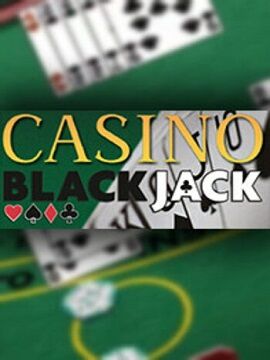Casino Blackjack Steam CD Key
The Blackjack master-classCasino Blackjack is an easy-to-understand and effective way to learn blackjack; the rules, the etiquette and ways to develop your game and eventually beat the bank.Once you have mastered the basics, you can use the training mode and strategy guide to improve your technique and winning potential.Casino Blackjack offers the ultimate guide to learning the art of playing and winning a great hand of Blackjack, all without risking a penny.Select from over 120 different casino's house rules to practice with.As well as being a fun game, allowing you to practice, and set the difficulty etc, there is also an in depth “Playing Guide”.The “Playing Guide” contains the following,Hints & Tips:Basic RulesBettingTable EtiquetteLevel of PayoutsBasic StrategiesAdvanced StrategiesBetting StrategiesCard Counting

















































